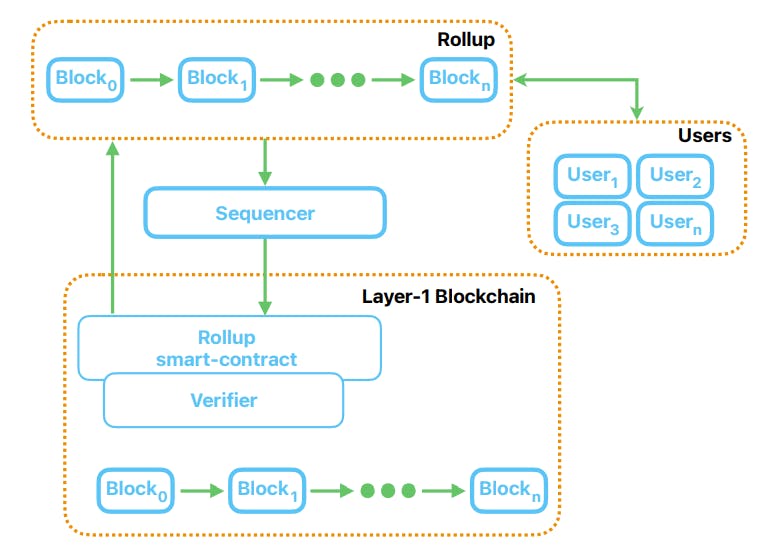The modern Intel “Xe” Linux kernel Direct Rendering Manager (DRM) driver as the clean successor to the i915 driver has been an experimental option for Tigerlake and newer but only for Xe2 graphics (Lunar Lake / Battlemage) and newer is it used by default. But Google at least for their Chromebook use-cases is entertaining the idea of switching over to the Xe driver rather than the long-used i915 kernel driver for Alder Lake era hardware.
The now-merged Mesa merge request intel/ci: Use Xe KMD on Alder Lake explains:
“Google is interested in testing Xe on Alder Lake. Migrate our ADL device, Brya, to the new KMD. Xe doesn’t probe on ADL unless explicitly forced through cmdline arguments, so add an option to enable that.
…
We’ll still retain i915 testing on TGL, keeping testing on both KMDs.”
Google’s Brya is their reference Chromebook platform for Intel Alder Lake processors.
It will be interesting to see if Google Chromebooks based on Intel Alder Lake end up switching from the mature i915 driver to the modern Xe kernel driver. It’s been quite some months since last running any i915 vs. Xe Linux kernel driver benchmarks on Phoronix for prior generation platforms, so perhaps this is now a good excuse. The modern Xe driver is better supported outside of x86_64 (for Intel dGPUs), makes use of newer kernel/DRM features, and overall a clean design especially in the contest of their modern discrete GPUs with dedicated video memory. The i915 driver has served well over the years but these days with newer Intel platforms and especially for their discrete graphics cards, the Xe kernel driver is taking over primetime.








